Today, we are living in the midst of a race to develop a quantum computer, one that could be used for practical applications. This device, built on the principles of quantum mechanics, holds the potential to perform computing tasks far beyond the capabilities of today’s fastest supercomputers. Quantum computers and other quantum-enabled technologies could foster significant advances in areas such as cybersecurity and molecular simulation, impacting and even revolutionizing fields such as online security, drug discovery and material fabrication.
Category: Photonic & Quantum Devices
Integrated photonics promises to transform a wide range of applications including optical communication, quantum information processing, and biosensing. Integrated photonics combines photonic signal transmission, processing, and possible conversion to/from an electrical signal on a nanofabricated chip. These nanoscale photonic circuits are not only smaller, but also faster and more efficient compared to traditional electronic circuits. NanoES research in this area is geared towards large-scale integrated networks of photonic devices for cutting edge optical communication and quantum computing as well as single photonic devices for biosensing in health-related diagnostics.
Researchers put a new twist on graphite
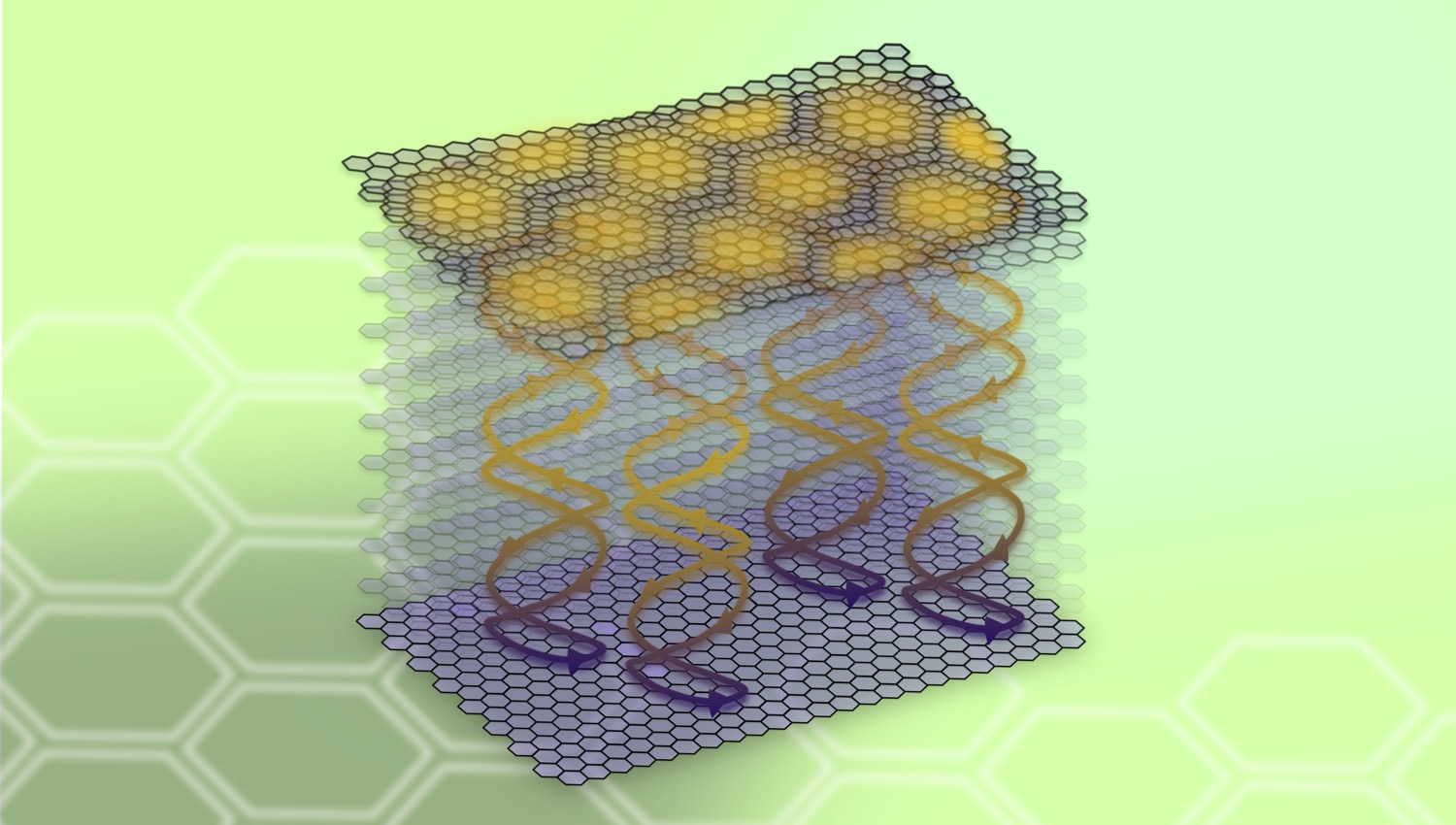
In a new Nature paper, a team led by UW researchers reports that it is possible to imbue graphite — the bulk, 3D material found in No. 2 pencils — with physical properties similar to graphite’s 2D counterpart, graphene. Not only was this breakthrough unexpected, the team also believes its approach could be used to test whether similar types of bulk materials can also take on 2D-like properties. If so, 2D sheets won’t be the only source for scientists to fuel technological revolutions. Bulk, 3D materials could be just as useful.
Reimagining optics for smartphones and other devices

UW ECE and Physics Associate Professor Arka Majumdar and UW ECE postdoctoral scholar Johannes Fröch are part of an international research team helping to make high-quality, color cameras smaller and lighter for mobile platforms, such as next-generation smartphones, drones, and point-of-care medical devices. The team recently developed a miniature camera that uses an innovative hybrid optical system over 100 times smaller than its commercial counterpart.
New ‘eyes’ for self-driving cars
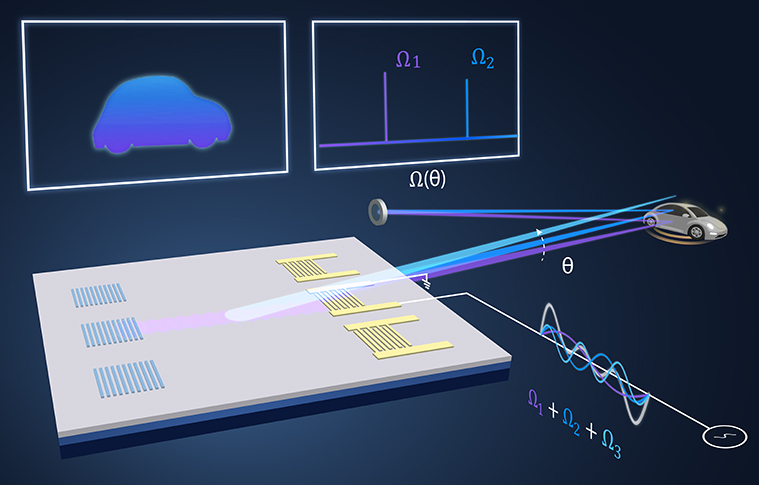
As described in a paper published June 28 in the journal Nature, a UW ECE research team has invented a new type of LiDAR system that could help self-driving cars “see” distant objects with clarity and precision.
Researchers make a quantum computing leap with a magnetic twist
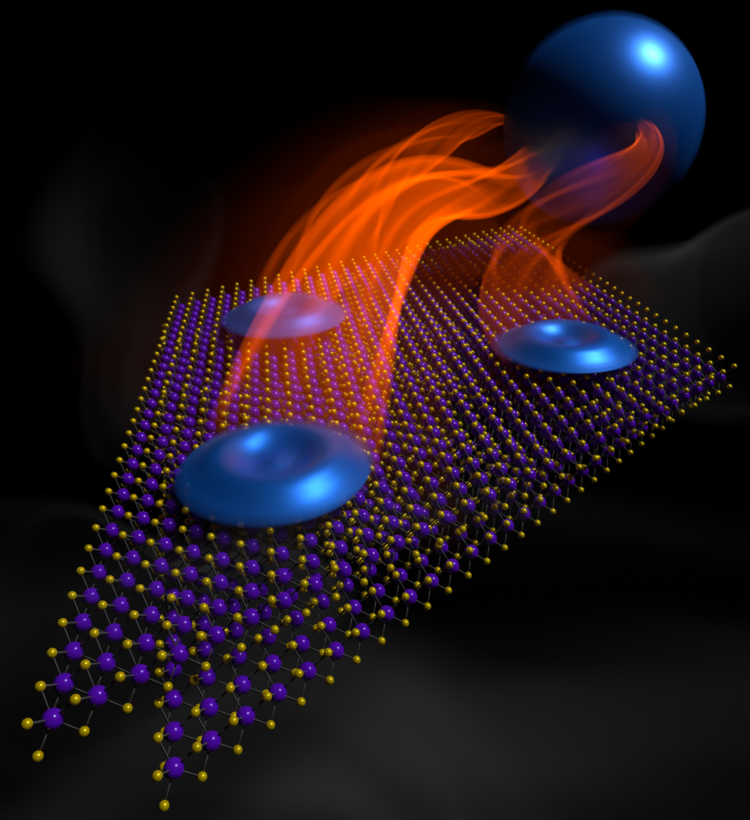
A team of UW scientists and engineers led by Xiaodong Xu has announced a significant advancement in developing fault-tolerant qubits for quantum computing.
Multifunctional interface enables manipulation of light waves in free space (SPIE)
Next-generation data centers within reach thanks to new energy-efficient switches
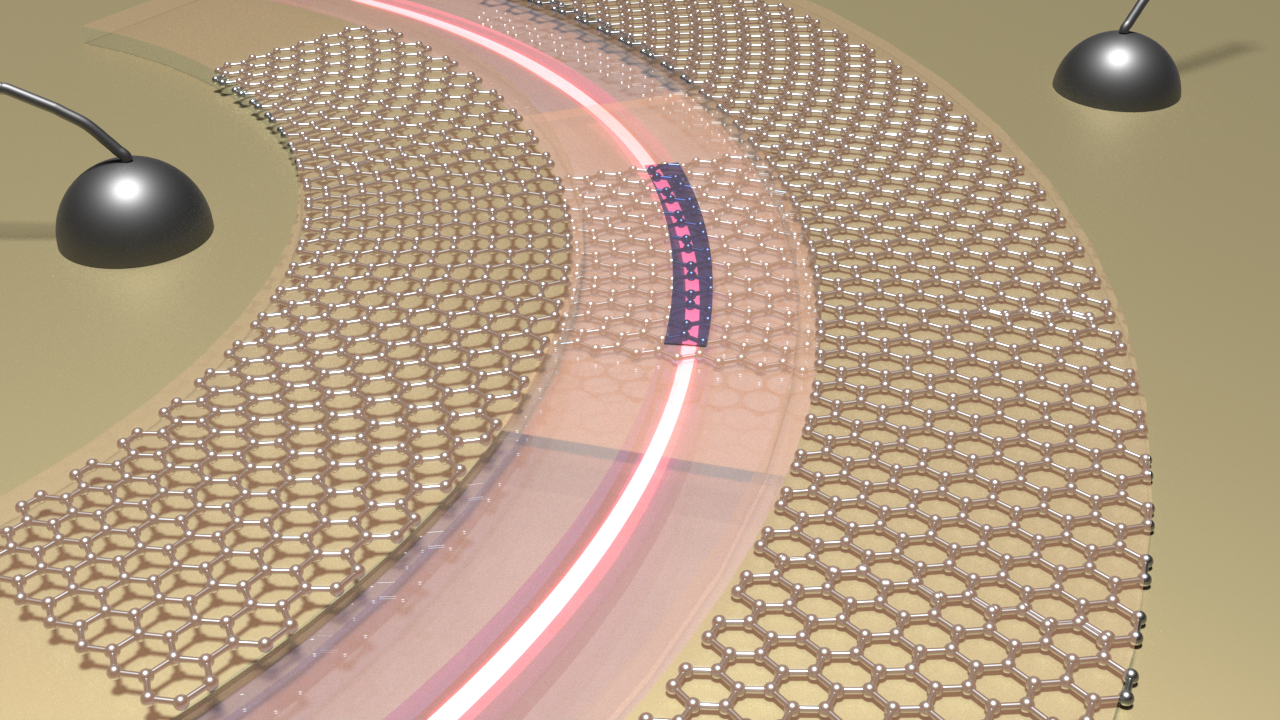
In a paper published online July 4 in Nature Nanotechnology, a team led by University of Washington scientists reported the design of an energy-efficient, silicon-based non-volatile switch that manipulates light through the use of a phase-change material and graphene heater. The exceptional performance of their switch could help advance both information technology and quantum computing.
UW research team uses sound waves to move ‘excitons’ further than ever before
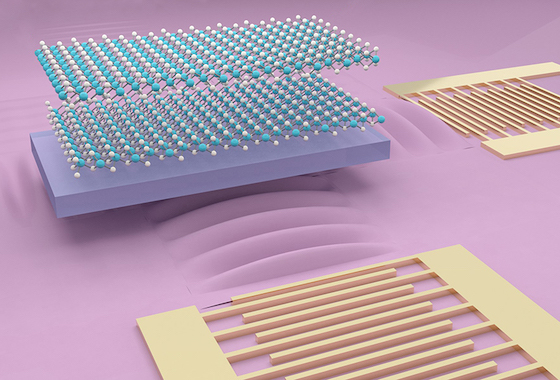
A team led by NanoES faculty member and UW ECE Professor Mo Li has developed a way of using sound waves to move subatomic quasiparticles known as ‘excitons’ further than ever before — leading to a faster, more energy-efficient computing circuit.
Lasers trigger magnetism in atomically thin quantum materials
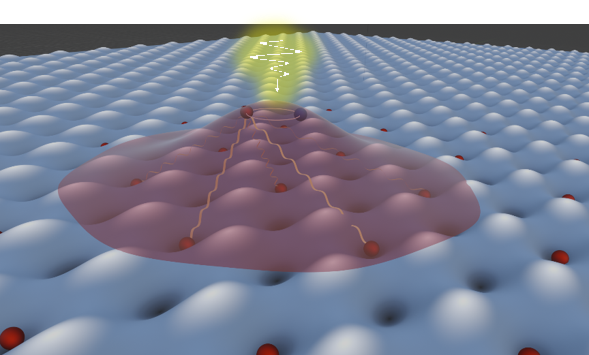
Researchers have discovered that light — from a laser — can trigger a form of magnetism in a normally nonmagnetic material. This magnetism centers on the behavior of electrons “spins,” which have a potential applications in quantum computing. Scientists discovered that electrons within the material became oriented in the same direction when illuminated by photons from a laser. By controlling and aligning electron spins at this level of detail and accuracy, this platform could have applications in quantum computing, quantum simulation and other fields. The experiment, led by scientists at the University of Washington, the University of Hong Kong and the Pacific Northwest National Laboratory, was published April 20 in Nature.
Harnessing noise in optical computing for AI
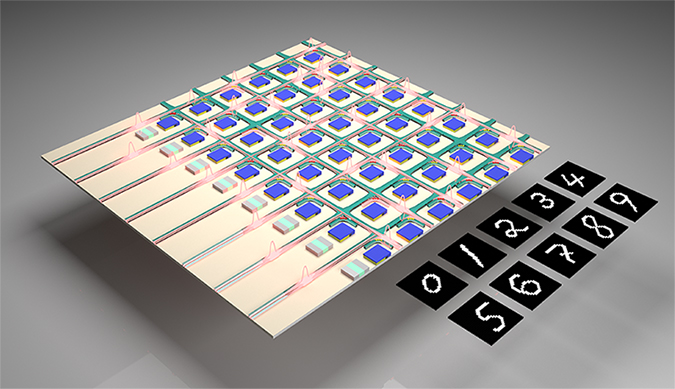
UW ECE and Physics Professor Mo Li and his research team have developed a way to use stray photons generated by optical computing lasers (“noise”) to help enhance the creativity of artificial intelligence. This line of research holds huge potential for computing speed and efficiency, as well as the promise of reducing environmental impacts of AI and machine learning.